KWC Infectious Disease Risk Management Plan
Due to the recent COVID 19 pandemic, we are developing our Infectious Disease Risk Management Plan. This is to ensure the safety of our employees, patients, and our families. KWC will be following the guidelines outlined by the Center for Disease Control. Please note that it is always our policy to not treat patients that are visibly ill. If a patient or employee has a cough, fever or shortness of breath, they are to leave the clinic and follow the steps outlined below.
Who are the contact points for suspected exposure to an infectious disease?
For a workplace exposure, employees will contact their Clinical Administrator. All known information relating to the exposure will then be provided to christine@ketaminewellnesscenters.com. From this point, information will then be reported to the individual clinics state department of health for further instruction.
For community-based exposure, an employee will follow the prescribed community-based contact process. Before reporting for work, the employee will contact their Clinical Administrator for internal processing.
What are the symptoms of COVID-19 and who is at risk?
The clinical spectrum of COVID-19 ranges from mild disease with non-specific signs and symptoms of acute respiratory illness, to severe pneumonia with respiratory failure and septic shock. There have also been reports of asymptomatic infection with COVID-19.
Currently, those at greatest risk of infection are persons who have had prolonged, unprotected close contact with a patient with symptomatic, confirmed COVID-19 and those who live in or have recently been to areas with sustained transmission.
Employee post exposure recommendations:
CDC guidelines allow for asymptomatic HCP who have had an exposure to a COVID-19 patient to continue to work after options to improve staffing have been exhausted. Based on the level of transmission (see Table 1) employees will be allowed to continue working if they have a low exposure and comply with self-monitoring with delegated supervision until 14 days post exposure. This monitoring will be for symptoms of cough, shortness of breath and fever. The employee will report this information to their clinical administrator prior to their assigned work shift.
Environmental Cleaning and Disinfection:
Cleaning and disinfection procedures are essential in all clinical settings Cleaning between all patients including all equipment, flat surfaces, chairs, pumps and monitors must be done. Medical waste should be handled as recommended by your medical waste servicer.
CDC Recommendations for COVID 19:
Adhere to the following precautionary guidelines to keep you healthy and prevent spread of coronavirus
- Wash your hands often with soap and water for at least 20 seconds
- Practice social distancing ─ try and maintain 3 feet between yourself and others
- Keep away from others who are sick
- Avoid touching high-touch surfaces in public places
- Avoid touching your face, nose, eyes, etc.
- Clean and disinfect household objects and surfaces daily
- Avoid all non-essential travel
| Table 1: Epidemiologic Risk Classification1 for Asymptomatic Healthcare Personnel Following Exposure to Patients with 2019 Novel Coronavirus (2019-nCoV) Infection or their Secretions/Excretions in a Healthcare Setting, and their Associated Monitoring and Work Restriction Recommendations | |||
| Epidemiologic risk factors | Exposure category | Recommended Monitoring for COVID-19 (until 14 days after last potential exposure) | Work Restrictions for Asymptomatic HCP |
| Prolonged close contact with a COVID-19 patient who was wearing a facemask (i.e., source control) | |||
| HCP PPE: None | Medium | Active | Exclude from work for 14 days after last exposure |
| HCP PPE: Not wearing a facemask or respirator | Medium | Active | Exclude from work for 14 days after last exposure |
| HCP PPE: Not wearing eye protection | Low | Self with delegated supervision | None |
| HCP PPE: Not wearing gown or gloves, a | Low | Self with delegated supervision | None |
| HCP PPE: Wearing all recommended PPE (except wearing a facemask instead of a respirator) | Low | Self with delegated supervision | None |
| Prolonged close contact with a COVID-19 patient who was not wearing a facemask (i.e., no source control) | |||
| HCP PPE: None | High | Active | Exclude from work for 14 days after last exposure |
| HCP PPE: Not wearing a facemask or respirator | High | Active | Exclude from work for 14 days after last exposure |
| HCP PPE: Not wearing eye protection b | Medium | Active | Exclude from work for 14 days after last exposure |
| HCP PPE: Not wearing gown or gloves a, b | Low | Self with delegated supervision | None |
| HCP PPE: Wearing all recommended PPE (except wearing a facemask instead of a respirator) b | Low | Self with delegated supervision | None |
State Departments of Health:
Arizona
Public Health Prevention
150 North 18th Avenue
Phoenix, Arizona 85007
Phone: (602) 542-1025
Fax: (602) 364-3445
Colorado
cdphe.information@state.co.us
303-692-2000
Illinois
IDPH Chicago Headquarters Offices
122 S. Michigan Avenue, 7th and 20th Floors
Chicago, IL 60603
312-814-2793
Minnesota
Minnesota Department of health
651-201-5000 Phone
888-345-0823 Toll-free
Texas
Texas Department of State Health Services
1100 West 49th Street
Austin, Texas 78756-3199
Main: 512-776-7111
Toll-free: 888-963-7111
Washington
Washington State Department of Health
111 Israel Rd SE
Tumwater, WA 98501
Phone: 360-236-4700





